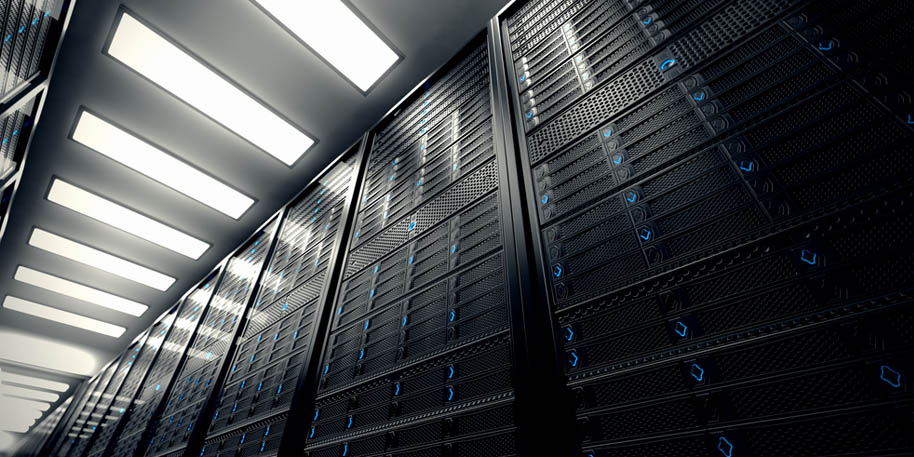In a recent study by IDC predicted that the worldwide spending in enterprise all-flash storage market will grow to £1.0B in 2016 from £0.2B in 2012. That translates to a CAGR of 58.5 percent between 2012 and 2016. Flash has taken the storage market by storm, and going by the staggering numbers here, its adoption has been widespread. Having said that, is everything about flash arrays good? Or is there a flip side to the story? It's time to put flash arrays under the microscope.
The Good
Flash is critical to applications that need higher input/output operations per second (IOPS). Flash arrays deliver close to 1M 4K IOPS with an average latency of 1ms. These numbers prove that flash indeed brings with it high performance and ease of management. It eliminates the need for complex processes like short stroking and storage tiering as data always resides in the flash array.
Because there are no mechanical parts, flash arrays end up consuming less space and power than traditional disk-based arrays. With flash vendors incorporating compression and inline deduplication in their arrays, all flash arrays continue to add incremental value to the storage.
The Bad
Cost is the main concern when it comes to all-flash adoption. The cost of maintaining the data in all flash has come down from £7.25 per GB, but it's still relatively high at £2-4 per GB; so the storage admin has to carefully assess whether flash is really needed. Another major concern with flash is its durability. Flash memory can endure only a finite number of writes. Flash cells get worn out as you erase and re-write (i.e., program/erase cycles) to them, resulting in device failure at some point in time.
Also, numerous reads or programming of data in one cell can inadvertently corrupt the data in a nearby cell. When used in a hectic storage environment, the flash drive will eventually fail like any other disk drive. In addition to this, sudden data loss due to unexpected power failures also makes a case against flash. However, many of the top flash vendors offer enterprise, all-flash arrays that provide five years of usability and 99.999 percent availability, so data loss should no longer be a roadblock to adopting flash.
The Ugly
It is the burden of the storage admin to choose between three different forms of flash deployment – PCIe card, all flash, and hybrid arrays. The admin will have to understand the requirements carefully to deploy the right amount of flash.
PCIe cards sit in the host server's PCIe slot to act as a flash cache to accelerate the traditional storage arrays. This deployment boosts performance without adding any capacity to the storage. All flash arrays provide high IOPS, higher capacity for the space employed, improved performance, lower power bills, and ultra-low latency when compared to disk storage. However, the initial cost of deployment of all-flash arrays is very high and a complete switch to flash may be overkill.
Hybrid arrays hit the sweet spot when it comes to balancing performance and capacity needs of storage while delivering better bang for your buck. This is the best option for organisations that do not have the adequate finances for all-flash arrays. However, in a typical hybrid array, applications may compete for the flash tier of storage array. That competition, based on data accessed, could result in oversubscribed flash and sub-optimal performance for all applications.
If mission-critical apps do not find a place in the flash tier, it would sound the death knell for the storage admin. Ultimately, storage admins make the call when it comes to choosing the right, scalable flash option; and the management will hold them accountable. Based on the choice of flash deployment, the admin has to be prepared to tackle its side effects as well.
Flash arrays are a godsend for those IOPS-hungry applications. However, they come with their own set of challenges, which the storage admin would have to face. With the different deployment options available, an admin should run beta units at the data center to evaluate the performance vis-a-vis the requirement to make an informed decision. After all, experience is something you shouldn't get just after you need it. And experience with flash is something that will benefit most companies today and in the future.




